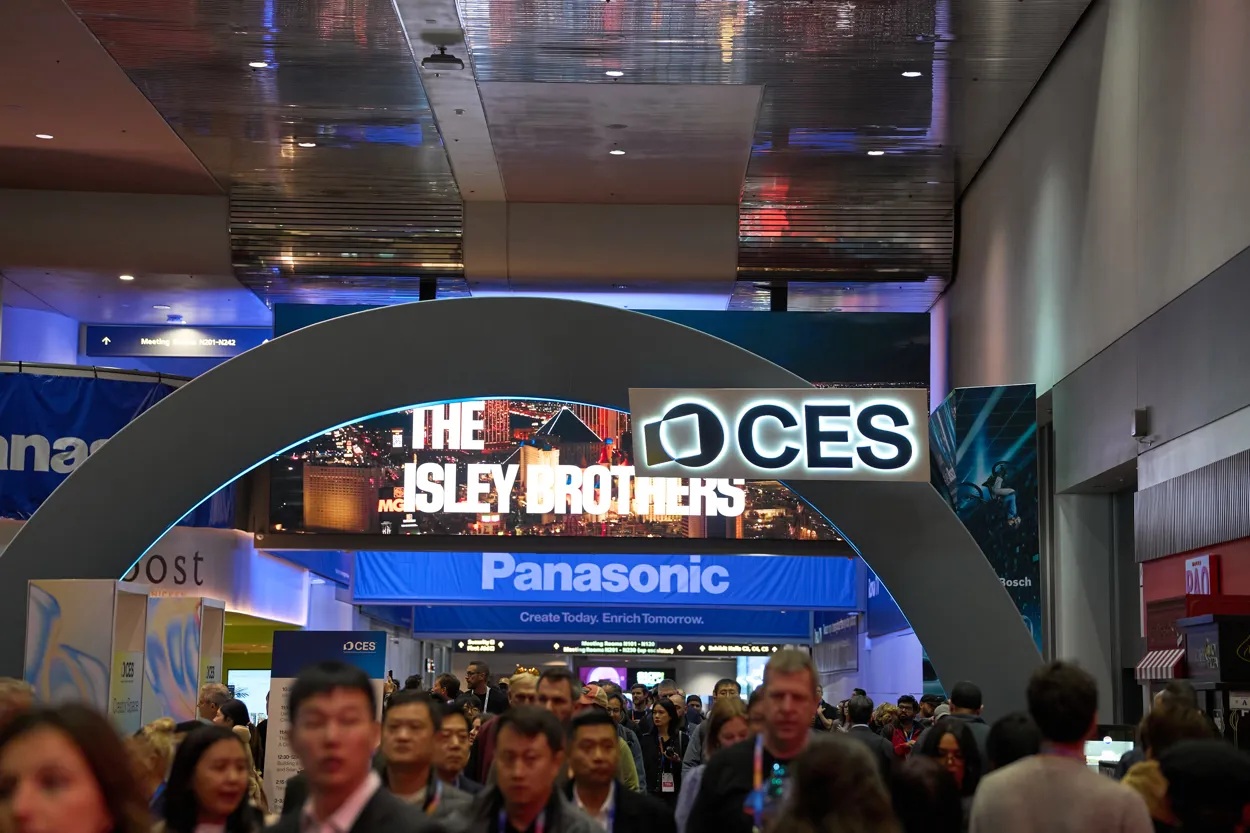Roger Ebert's alternative perspective on 3-D
It was 1986 when a young fan approached Roger Ebert in a video store in Hollywood, CA, to ask why he didn’t review laser videodiscs on TV. Ebert, ever curious, said he’d never heard of laser video but was interested in learning about it. A few hours later, with an address provided by the fan, Ebert was in the offices of the Voyager Company getting a demo.
The rest, they say, was history. “Siskel and Ebert,” the biggest movie review show on TV at the time, began reviewing laser discs, and the pre-DVD technology took off.
Since then, Ebert’s views of technology have really mattered. So recently, when he criticized 3-D motion picture technology, the industry listened. As part of an op-ed piece in Newsweek entitled “Why I Hate 3-D (And You Should Too),” Ebert summed up his position in a single paragraph:
“3-D is a waste of a perfectly good dimension. Hollywood’s current crazy stampede toward it is suicidal. It adds nothing essential to the moviegoing experience. For some, it is an annoying distraction. For others, it creates nausea and headaches. It is driven largely to sell expensive projection equipment and add a $5 to $7.50 surcharge on already expensive movie tickets. Its image is noticeably darker than standard 2-D. It is unsuitable for grown-up films of any seriousness. It limits the freedom of directors to make films as they choose. For moviegoers in the PG-13 and R ranges, it only rarely provides an experience worth paying a premium for.”
Acknowledging his position is “heresy to the biz side of show business,” Ebert noted that as far as the human mind is concerned, movies are already in 3-D, and the artificial enhancement adds nothing to the experience. “When you see ‘Lawrence of Arabia’ growing from a speck as he rides toward you across the desert, are you thinking, ‘Look how slowly he grows against the horizon’ or ‘I wish this were 3-D?’” Ebert asked.
“Our minds use the principle of perspective to provide the third dimension,” he said. “Adding one artificially can make the illusion less convincing.”
Yes, Ebert acknowledged, directors like James Cameron know how to create special projects for 3-D, but serious dramas don’t really fit this category. “Having shot ‘Dial M for Murder’ in 3-D, Alfred Hitchcock was so displeased by the result that he released it in 2-D at its New York opening,” Ebert noted.
The professional video industry's #1 source for news, trends and product and tech information. Sign up below.
3-D, he said, seems suited for children’s films, animation and films such as James Cameron’s Avatar, which are largely made on computers. “Cameron’s film is, of course, the elephant in the room: a splendid film, great-looking on a traditional IMAX screen, which is how I saw it, and the highest-grossing film in history,” Ebert said. “It’s used as the poster child for 3-D, but might it have done as well in 2-D (not taking the surcharge into account)?”
Whenever Hollywood has felt threatened, it has turned to technology: sound, color, widescreen, cinerama, 3-D, stereophonic sound and now 3-D again, Ebert noted. That, he said, means creating a premium experience for the theater that viewers can’t get at home. But the gap between the theater and home is getting smaller, and 3-D TV sets may narrow the gap even further.
“I’m not opposed to 3-D as an option,” Ebert said. “I’m opposed to it as a way of life for Hollywood, where it seems to be skewing major studio output away from the kinds of films we think of as Oscar-worthy. I have the sense that younger Hollywood is losing the instinctive feeling for story and quality that generations of executives possessed.”
